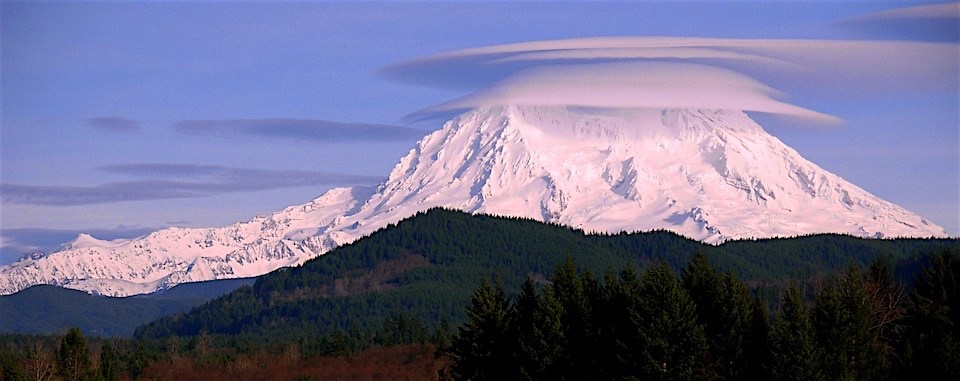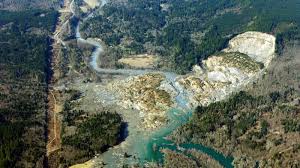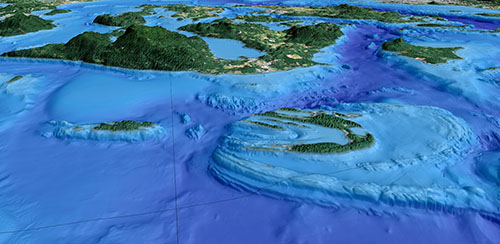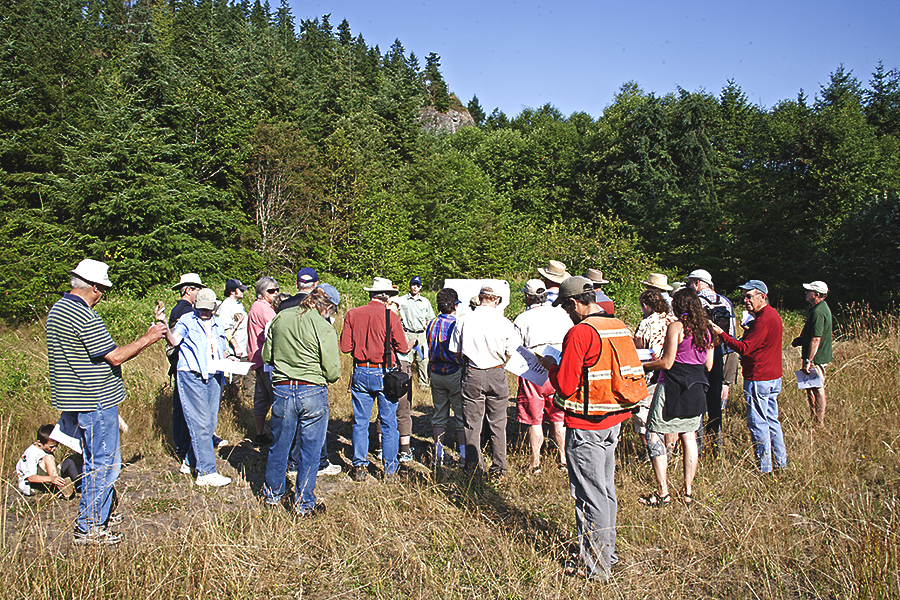02-01-2014 Jeff Tepper: Geomythology
About the Talk Geomythology: The Quest for Scientific Explanations of The Great Flood and Other Mythical Catastrophes Myths from many cultures around the world contain descriptions of phenomena or events that bear a striking resemblance to natural disasters including floods, earthquakes, volcanic eruptions, tsunamis, and meteorite impacts. Geomythology is an emerging discipline that combines geology, archaeology, mythology, and history to investigate the possibility that some of these mythical “stories” may in fact be garbled accounts of actual events that occurred in the distant past. There is strong evidence that some myths originated over 7,000 (and possibly up to 40,000) years… Read more02-01-2014 Jeff Tepper: Geomythology

04-15-2014 Grant Heiken: Rome’s geology
About the Talk GEOLOGY AND URBAN SUSTAINABILITY—THE VIEW FROM ROME From its time as the historic center of the Roman world, Rome has been continuously a political, religious, and administrative capital. Geologic and terrain factors assured its population growth and provided the conditions for survival of its culture in the ancient world. From lessons of urban development and prosperity, the Roman people developed a capacity to recognize and to manage the natural resources of the region. Modern Rome was developed in a haphazard manner after WW II. Most residents have not been pleased with the results of rapid development, but… Read more04-15-2014 Grant Heiken: Rome’s geology

05-03-2014 Pat Pringle: Mt. Rainier
About the Talk Mt. Rainier—New Information about the Volcano in Our Backyard Mount Rainier has been called the most hazardous volcano in the United States. It’s an active volcano with a seismic pulse and hissing fumaroles in its east summit crater; some crater water is at the 86° boiling point for that elevation. Recent research shows that this sleeping giant has erupted for more than half a million years and that it has had more than 40 eruptions since glaciers retreated from the Puget Lowland about 15,000 years ago. It has generated great lahars (huge volcanic debris flows) that buried… Read more05-03-2014 Pat Pringle: Mt. Rainier

10-04-2014 Dan McShane: Hazel/Oso landslide
About the Talk The Hazel/Oso Landslide of March 22, 2014: Geologic Background, Other Landslides, and Landslide Policy Implications for Washington On March 22, 2014, at 10:37 a.m, a massive landslide struck a rural area of the Stillaguamish River Valley, killing 43 persons and displacing many more. News of this catastrophe spread through the surrounding communities, some of which were cut off from outside help. However surprising this may seem, the geology history of the area shows that is has a long history of hazardous behavior. About 20,000 years ago, the advance of the Puget ice lobe into the Puget Sound area… Read more10-04-2014 Dan McShane: Hazel/Oso landslide

11-15-2014 Gary Green: Ecology of the Salish Sea
About the Talk Geology beneath the Salish Sea and how it controls its ecology On Saturday, Nov. 15th, you’ll have a chance to see how the geology beneath the Salish Sea controls its ecology. The complex geology beneath the Salish Sea results from a series of long geologic processes including, but not limited to, plate collision and subduction, glaciation, and sea level changes. The sculptured landscapes and seascapes created by these processes provide unique benthic habitats for a variety of organisms critical to keeping the inland sea of the Salish both viable and healthy. Many of the habitats are ephemeral,… Read more11-15-2014 Gary Green: Ecology of the Salish Sea

2014-08-02 Michael Polenz: Central Quimper Peninsula Field trip
About the Field Trip Geology of the Quilcene to Center Area (Center Road) Leaders: Michael Polenz*, Trevor Contreras*, Harley Gordon*, Ian Huber*, Jeff Tepper, and Carol Serdar Tepper The purpose of this field trip is to review the geology of the southern part of the Quimper Peninsula (sites between Chimacum and SR104 between Discovery Bay and the Hood Canal bridge), which has been mapped recently by geologists* at the WA Dept. of Natural Resources. The main focus is on the Tertiary bedrock of the peninsula and the history and deposits of late Pleistocene glaciation, which created most of the present… Read more2014-08-02 Michael Polenz: Central Quimper Peninsula Field trip
